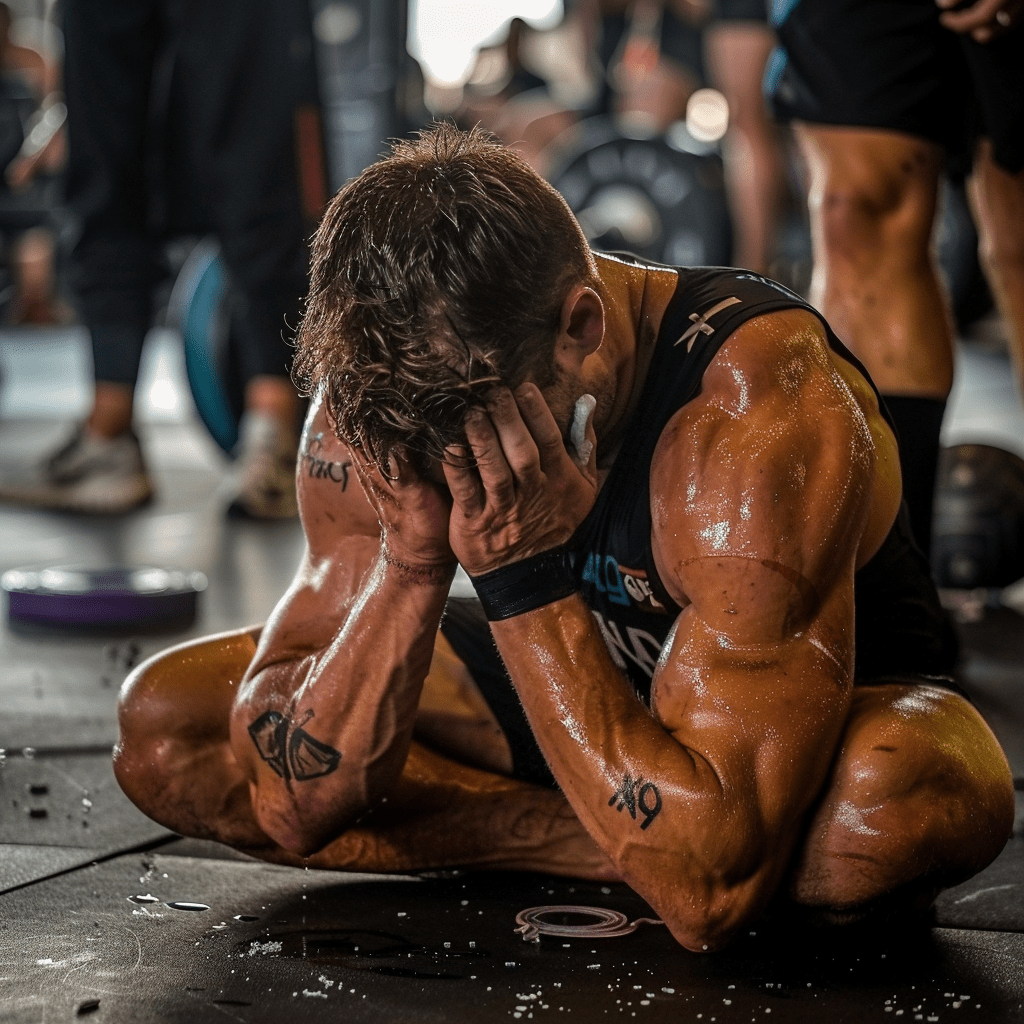
Why Do Your Genitals Shrink When Training Hard?
If you've noticed a temporary change in genital size during or after intense workouts, you're not alone. Many people experience this phenomenon, leading them to wonder, “Do genitals shrink when training hard?” Let’s dive into the science behind it and why it’s not something to worry about.
The Science Behind Temporary Shrinking
When you engage in strenuous physical activity, your body prioritizes blood flow to muscles and organs essential for performance, such as your heart, lungs, and working muscles. This shift can reduce blood flow to less essential areas, including your genitals. This process, called vasoconstriction, is a natural physiological response.
Here’s what happens:
- Redirection of Blood Flow: During training, your body directs blood to areas that need oxygen and nutrients the most. This can make your genitals appear smaller temporarily.
- Sweat and Dehydration: As you sweat and lose fluids, your body might also pull water from less vital areas to maintain homeostasis, contributing to the shrinkage.
- Hormones and Testosterone: Intense weightlifting can temporarily alter hormone levels, including testosterone. These fluctuations, combined with your body’s focus on muscle performance, may enhance the effect of temporary genital shrinkage.
Why It’s Temporary
It’s important to understand that this is a short-term reaction and not a sign of permanent changes. Once your body returns to its resting state after training, blood flow is redistributed, and genital size returns to normal.
Common Concerns Addressed
Does training hard permanently affect genital size?
No, training does not cause permanent shrinking of your genitals. Any changes are temporary and tied to how your body manages resources during physical exertion.
Why do my genitals shrink when training more intensely?
The more intense your workout, the more your body focuses on performance, which means more significant blood flow redirection.
Can You Prevent This?
While you can’t entirely prevent this natural response, some steps can minimize its effects:
- Stay Hydrated: Drink enough water before, during, and after workouts to maintain optimal blood flow.
- Wear Proper Gear: Opt for comfortable, non-restrictive clothing to ensure good circulation.
- Warm Up and Cool Down: Gradual transitions can help regulate blood flow more evenly.
When to See a Doctor
If you notice prolonged or unusual changes in genital size, or experience pain, it’s worth consulting a healthcare professional. While rare, certain conditions like hormonal imbalances or vascular issues could be contributing factors.
Conclusion
To sum up, if you’ve been wondering, “Why do my genitals shrink when training?” the answer lies in your body’s smart and efficient system for managing blood flow during intense activity. It’s a temporary, harmless effect and a testament to how your body adapts to physical demands.
Keep training hard, stay hydrated, and remember: your body is working exactly as it should.
References:
Blood Flow Redistribution During Exercise
-
Reference: Laughlin, M. H., & Joyner, M. J. (2003). "Blood flow and the exercise response of the peripheral circulation." Comprehensive Physiology, Wiley Online Library.
Key Insight: During exercise, blood flow is prioritized to working muscles and vital organs, reducing circulation to non-essential areas like the genitals.
2. Hormonal Responses to Exercise
-
Reference: Hackney, A. C. (2020). "Exercise as a stressor to the human neuroendocrine system." Frontiers in Endocrinology.
Key Insight: Intense physical activity can cause temporary changes in testosterone and cortisol levels, which may influence vascular responses and thermoregulation.
3. Thermoregulation and Vasoconstriction
-
Reference: Gonzalez-Alonso, J., & Calbet, J. A. L. (2003). "Reductions in systemic and skeletal muscle blood flow and oxygen delivery limit maximal aerobic capacity in humans." Circulation Research.
Key Insight: The body's thermoregulatory and cardiovascular systems redirect blood away from non-critical areas during high-intensity exercise to sustain performance.
4. Dehydration and Fluid Balance
-
Reference: Cheuvront, S. N., & Kenefick, R. W. (2014). "Dehydration: physiology, assessment, and performance effects." Comprehensive Physiology.
Key Insight: Dehydration during exercise impacts overall blood volume, potentially amplifying vasoconstriction effects on the extremities, including the genitals.


